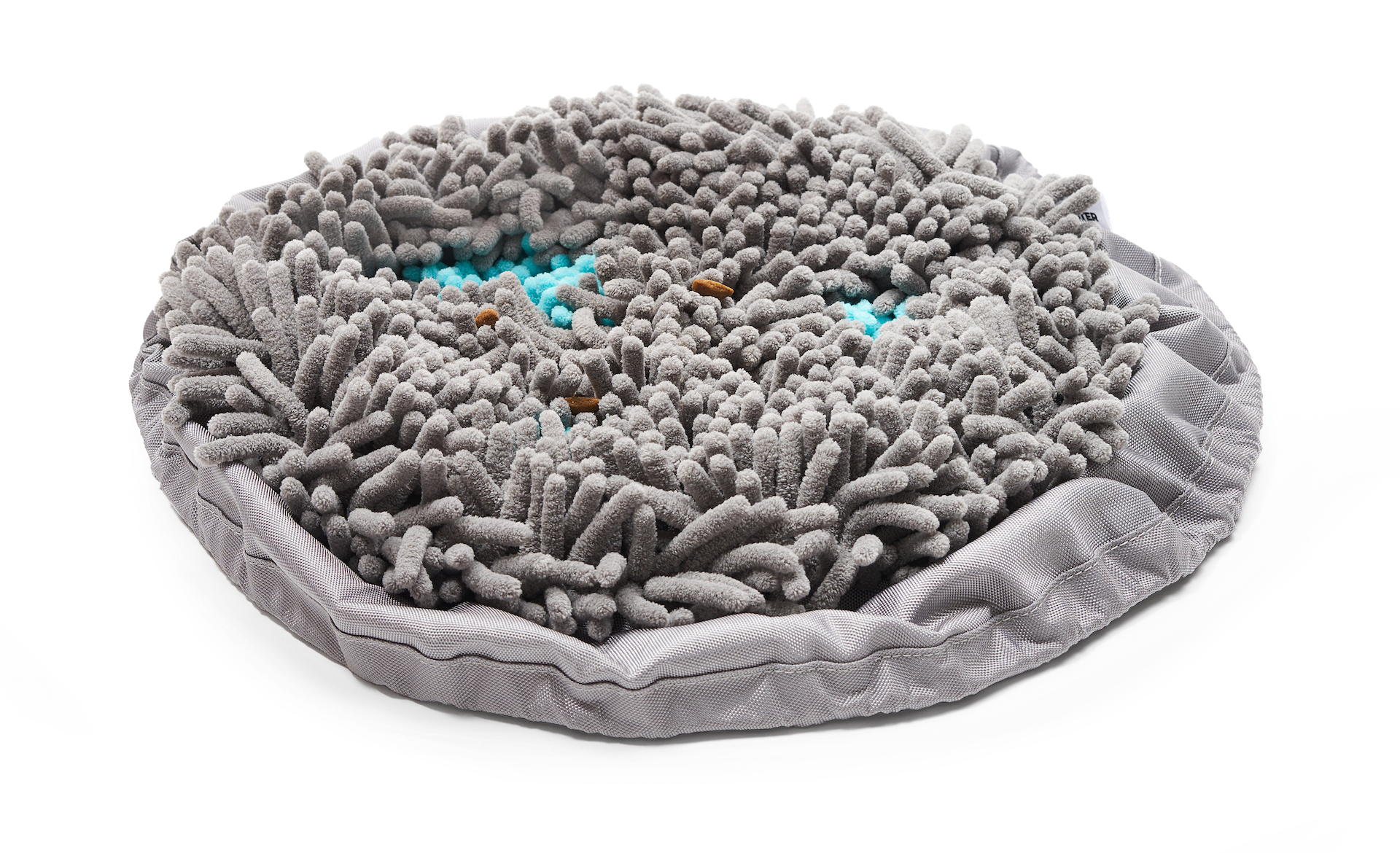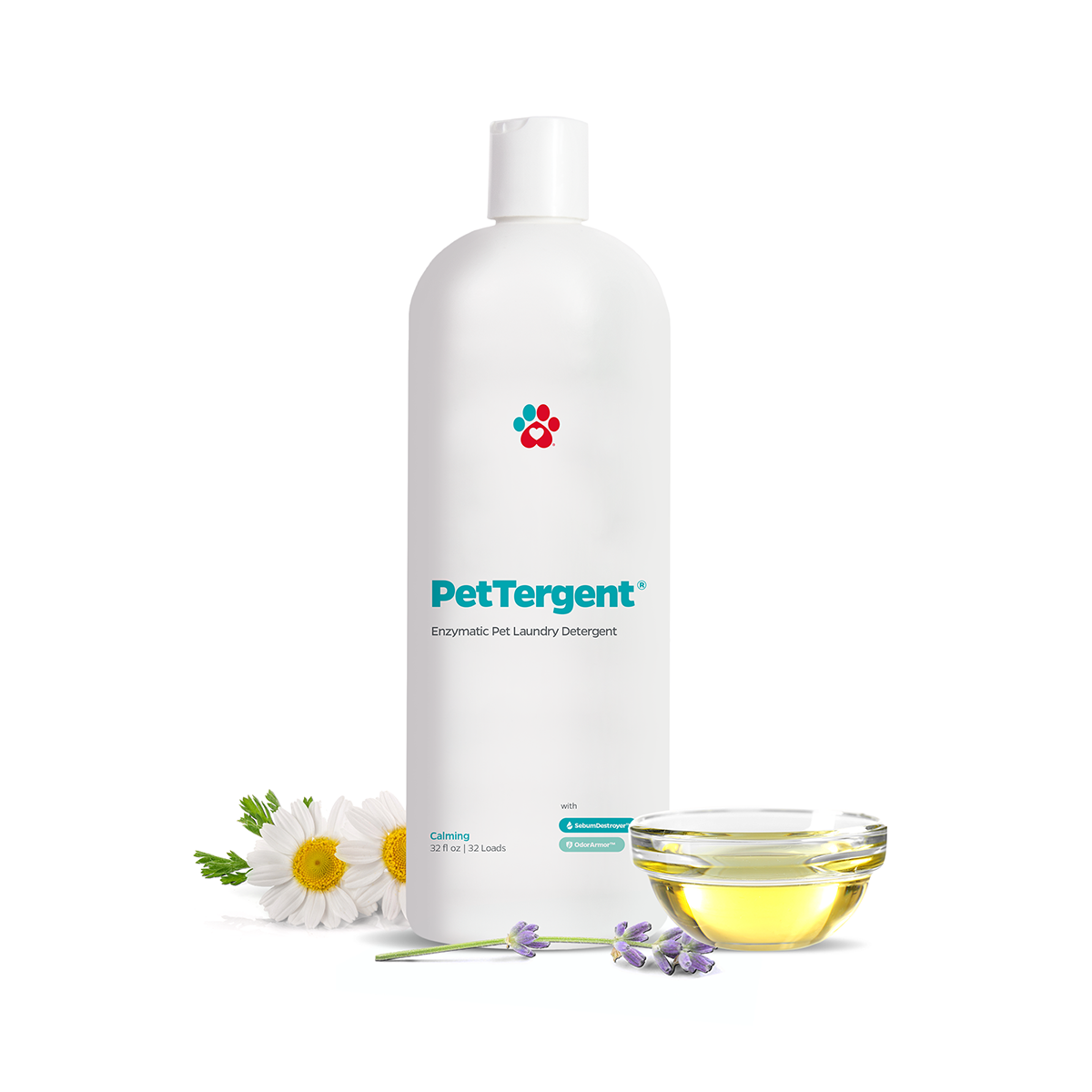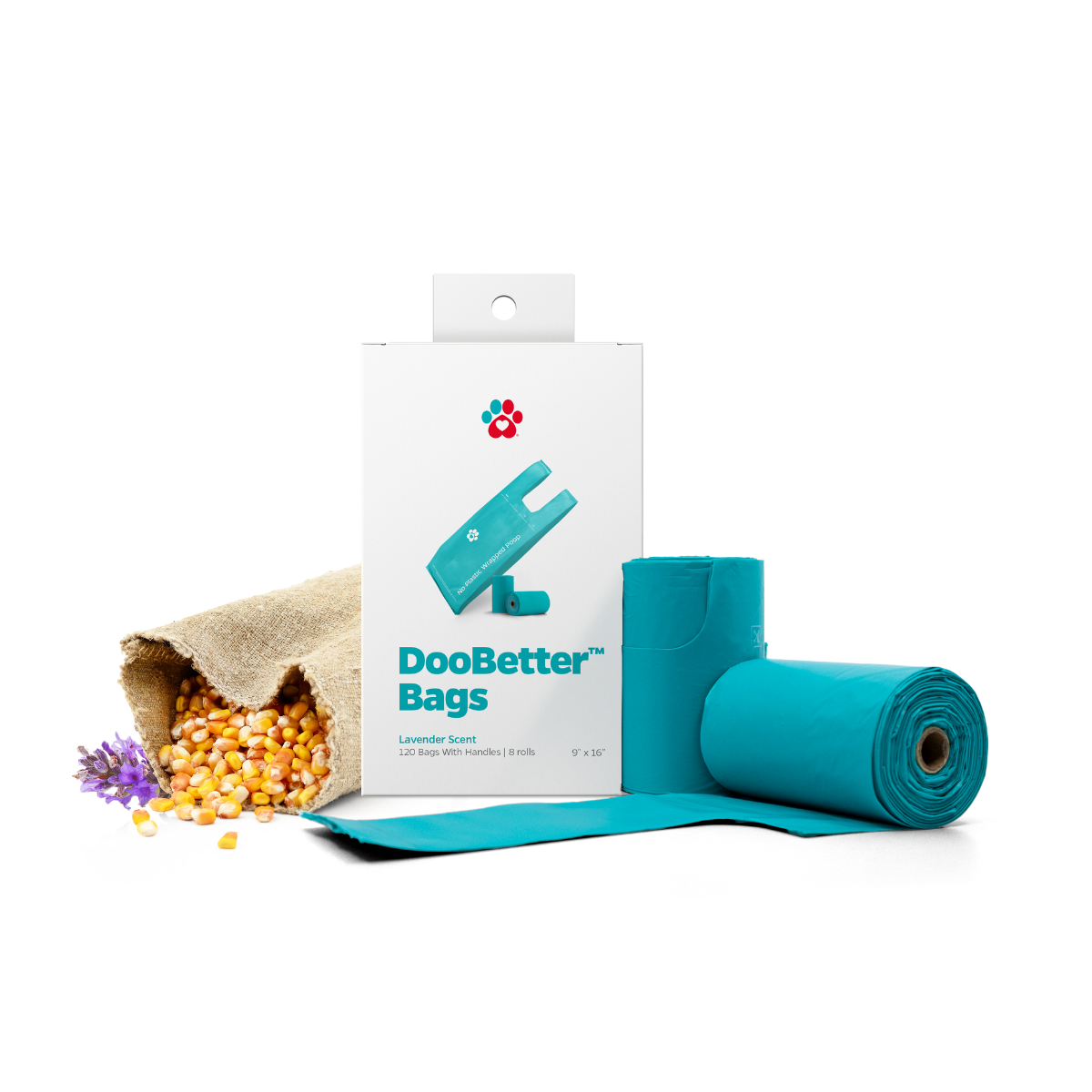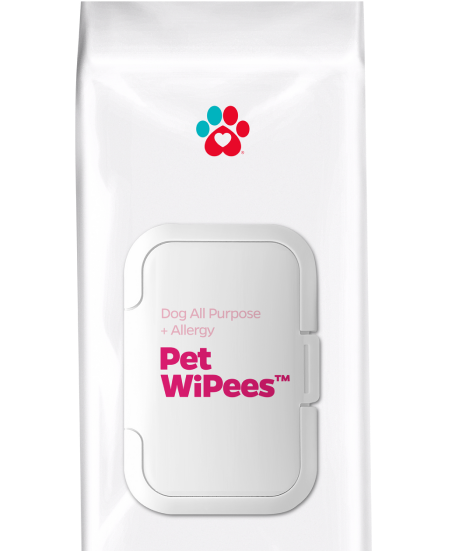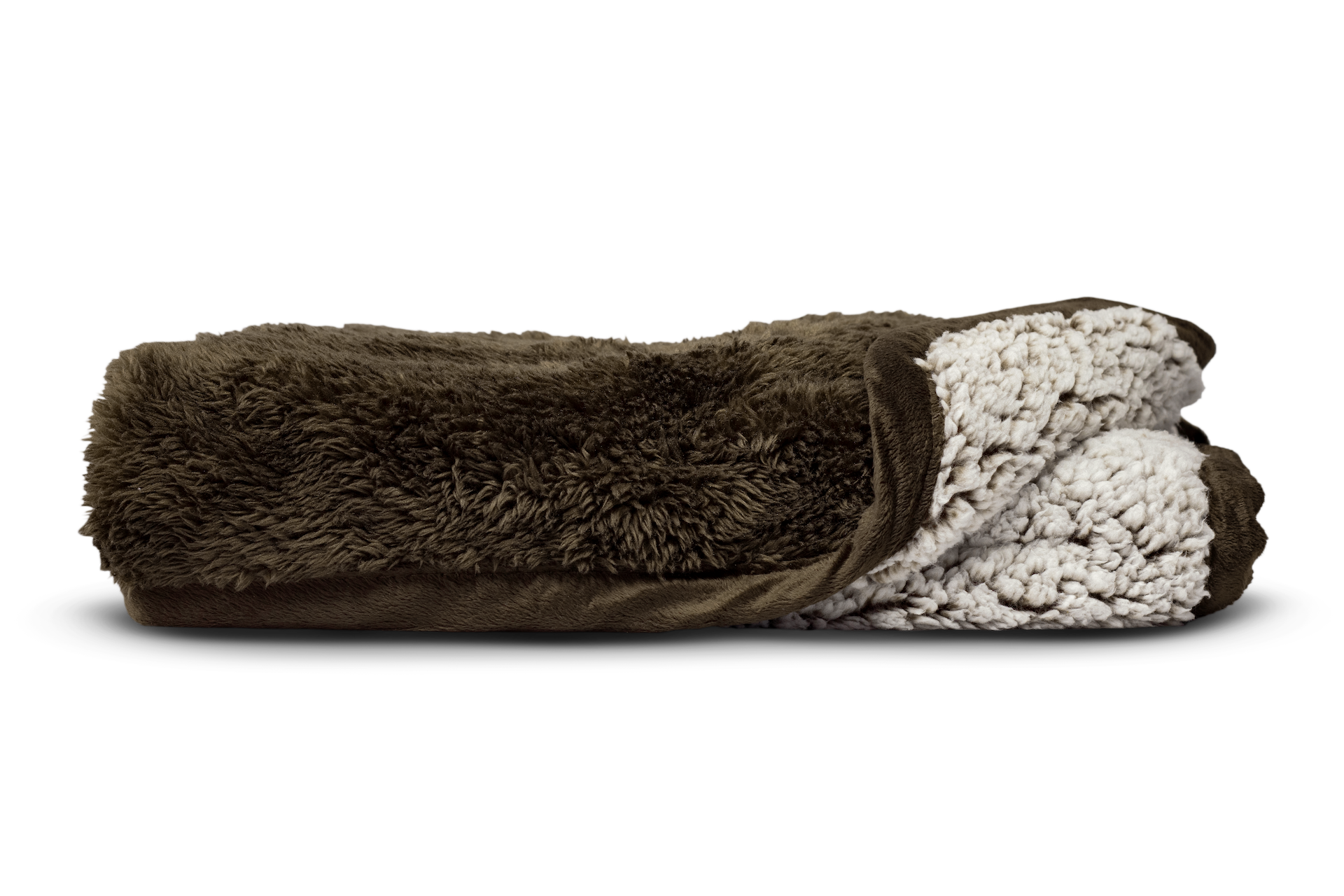E-collar or dog diapers? That is the question. It has been customary for some pet parents to have their dogs spayed or neutered. They do so because spaying/neutering is a great way to prevent uterine infections and prostate problems.
"While the traditional age for spaying/neutering is six to nine months, puppies as young as eight weeks old can already undergo this process as long as they’re in good condition."
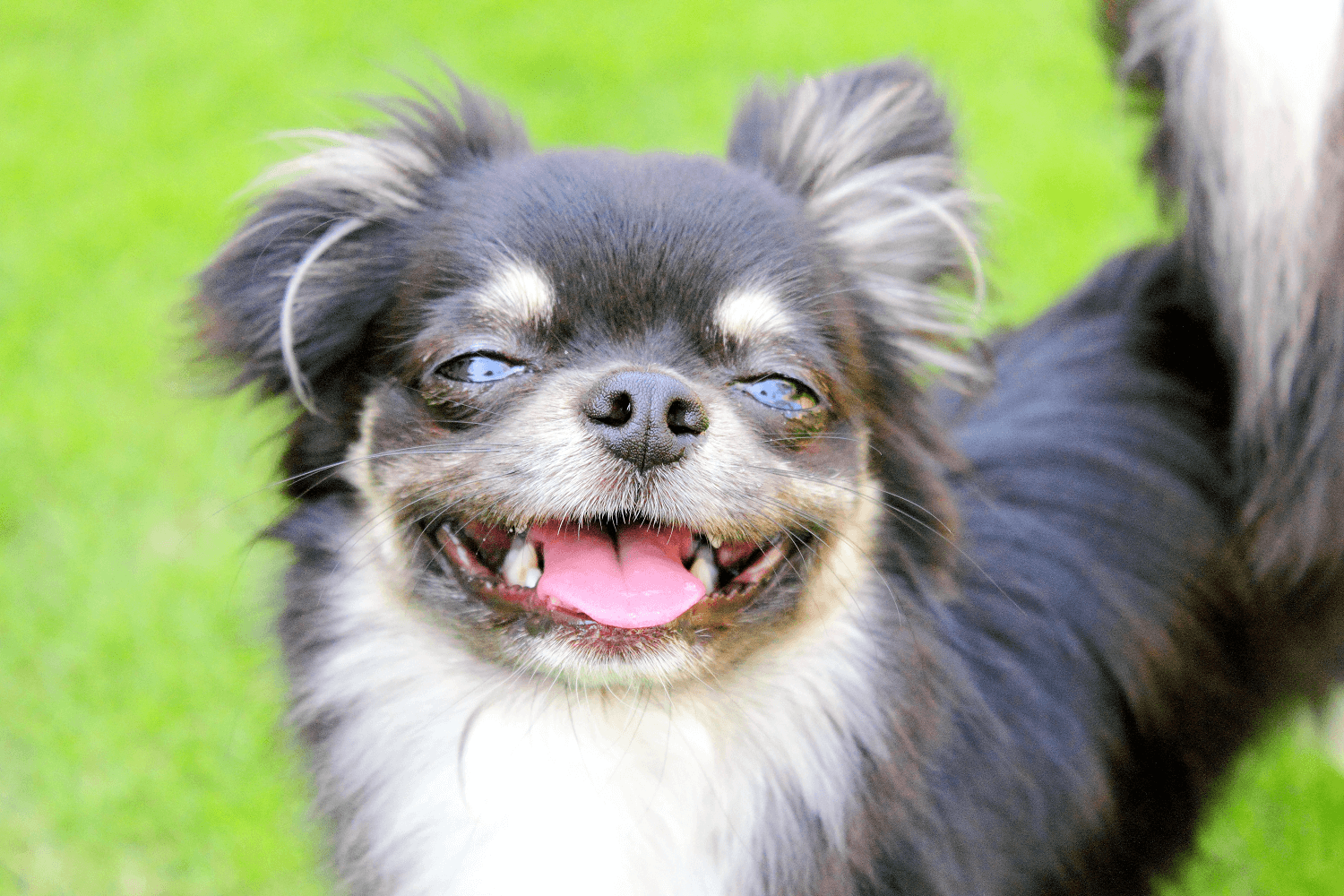
Spaying ‘tames’ your female dog, as intact dogs will go into heat cycles and will sometimes show some undesirable behaviors, like howling and having accidents in the house more than usual. Neutering, on the other hand, will usually help to calm your male dog who is trying to woo a mate. An intact male might engage in behaviors like running away and finding any possible means to ‘get on top” of a female in heat. Even well-trained dogs can be overwhelmed by natural instincts which can lead to unwanted or even unsafe pregnancies.
Additionally, spaying and neutering also offer life-long benefits for your furbaby. According to American Society for the Prevention of Cruelty to Animals® (ASPCA®), when you spay or neuter your dog, they may live a longer life. Spaying helps reduce the risks of your female dog from developing uterine infections and mammary gland cancer, and neutering helps prevent testosterone cancer and prostates issues.
Spaying and neutering is a surgery your dog needs to undergo to get a full grasp of its benefits and every surgery always needs to be managed well for faster recovery. In this article, we’ll talk about the best time to spay or neuter your dog, and which is better to use as a coverup for the incision site: e-collar or dog diapers. An e-collar for dogs after surgery can help prevent licking and infection by blocking access around the head of the dog. Dog diapers after surgery do the opposite, blocking the incision site. So, which is better? Let’s take a look!
WHEN TO SPAY OR NEUTER
Spaying refers to the removal of a female dog's reproductive organs (ovaries and uterus), while neutering is the procedure that's being done to male dogs (removal of testicles and their associated structures).
The traditional age for spaying and neutering is six to nine months, the suggested age may vary depending on breed, size, and vet recommendations. In some cases, puppies younger than six months can undergo this process if they’re in good condition and are of the right weight. Older dogs can also still go through the process, although there will be a higher risk of post-operative complications, particularly in senior dogs.
To know best when is the right time to spay or neuter your furbaby, consult your veterinarian as several factors can influence the right time of spaying or neutering. One factor is your dog's breed. Studies show that larger dog breeds mature a little later compared to smaller dog breeds.
Another factor, too, is your dog's living situation. If you have male and female dogs living together, they should be spayed or neutered before any female dog goes into heat to avoid any unplanned breeding. Another factor is your dog's health condition. Their health plays a great role in the timing of the spay or neuter. Ensure that your furbaby goes through a complete and thorough check-up to know if they have any health issues. Your vet will perform a series of examinations and tests to know about any existing health problems in your furbaby.
Most importantly, your dog's health condition plays a great role in the timing of the spay or neuter. Ensure that your furbaby goes through a complete and thorough check-up to know if she or he has any health issues. You know your dog best and you'll know if something is wrong with her. You can also take her to the vet as the vet will perform examinations, blood tests, etc to know about any existing health problems in your furbaby.
E-collar or dog diapers?
After the surgery, your dog will experience some discomfort. You will probably do any preventive measures for your dog not to paw, lick, or scratch the incision site for faster wound healing and recovery. But, just leaving the wound and the dressing as it is may not be enough since dogs can get persistent. That’s why extra protection is needed to prevent your dog from accidentally causing further damage or discomfort.

Most pet parents are torn between using the e-collar or using dog diapers. Here, we have listed the pros and cons of each to help you decide what to use:
E-collar
Th e-collar is also known as the Elizabethan collar or the infamous “cone of shame”. The e-collar for dogs after surgery is a pet cone that will keep your dog from turning their body to chew, lick, or paw on any surgical areas, wounds, or injuries. The cone is important to speed up the healing process. An e-collar for dogs after spaying or neutering is a popular way to prevent them from disrupting the stitches.
However, the standard, hard plastic e-collar is not fun for dogs to wear. It wasn't called "cone of shame" for no reason. The bad side is that some e-collars don’t fit your dog’s neck well. If it’s too big, your dog will not be able to eat or drink properly. If it’s too small, they will be able to easily turn around and access their wound, absolutely defeating the whole purpose.
Determined dogs will quickly work the collar off their necks. Hopefully, they will not be headed to an incision site, but more often than not they will want to lick or chew at it. Since the e-collar is normally recommended to stay on for a few weeks, your dog can become increasingly clever in methods to remove it. As your dog begins to feel better in the days after surgery, they may become increasingly interested in removing the e-collar that they find irritating.
Dog diapers
Can dogs wear diapers after neutering or spaying? Yes! Pet Parents® Washable Dog Diapers are a great tool for post-operation management. They are easy to use and have a wide variety of dog diaper sizes, so you will surely find the right fit for your dog. These are also helpful especially for dogs who have just gone through spaying or neutering and have difficulties in peeing and pooping.
According to PetMD, a dog in pain may be reluctant to move after surgery, which can lead to accidents inside the house. Dog diapers make this no problem at all while still keeping the incision site protected. Just be sure to regularly change your dog’s diapers if they do soil them. You can think of them as dog pants to prevent licking, but they also be helpful if your dog is not feeling their best.
Dog diapers can be used for dogs who are still trying to recover their balance and mobility after the spaying or neutering. These are also best for dogs who still feel too weak to go out of the house to potty. Using dog diapers after spaying or neutering can help prevent accidents in your home, since your dog might not feel themselves for a few days.
There are washable diapers that have no "crinkly" or uncomfortable texture that causes many dogs to dislike disposable ones that do. These can be washed over and over again, they're heavy-duty, and won't rip any time soon. Harmful dyes and chemicals are not present, too, so this is probably the safest and healthiest for your dog.
These can be washed over and over again, they're heavy-duty and won't rip any time soon. Harmful dyes and chemicals are not present, too, so this is probably the safest and healthiest type for your dog.
Dog diapers can be used for dogs who are still trying to recover their balance and mobility after the spay or neuter. These are also best for dogs who feel too weak yet to go out of the house to potty. You can also add on Pawtect® Pads for that added leakage protection. While belly bands, on the other hand, can be wrapped around your furbaby's incision site to prevent him from scratching, licking or biting it to avoid infections and complications. The only downside? The cleanup involved. But cleaning is easy as you only need to remove the soiled diaper and replace it with another one. This downside is nothing compared to the amount you save, the wellness of your dog, and the favor you are doing to the environment.

Your dog's recovery after spaying / neutering surgery
You can greatly help your furbaby have a safe, fast and comfy recovery period after undergoing spay/neuter by keeping in mind the following do's and don'ts.
- Keep your furbaby inside your house and away from other pets or stray animals at home during the recovery period.
- Never let your dog do strenuous activities like running, jumping, playing catch, etc. unless your vet advises. Remember that the incision site is still healing and you wouldn't want any complications to take place.
- Check the incision every day and note any noticeable changes, discharge, odor, swelling, redness. If you do notice these, call your vet immediately.
- Observe your dog's behavior. Your furbaby should be getting better as the days pass by.
If your dog seems to be uncomfortable, lethargic, loses appetite, and does not seem to be getting any better, call your vet immediately.

"Dog diapers/belly bands are a perfect option for post operation management & healing."
Always keep in mind the quality and the efficiency of what you are going to use, e-collar or dog diapers. Although both can accomplish the task of preventing licking or scratching, dog diapers can provide additional benefits and be more comfortable for your pet. After all, at the end of the day, it is still you who knows what is best for you and your furry best friend. If one or the other does not work for your furbaby, it is a good idea to try the alternative.

